Augmented reality in marketing is a technology that overlays digital content onto the real world, creating an immersive and interactive user experience. AR has been gaining popularity in various industries, especially in marketing, where it offers many benefits for businesses and consumers.
The benefits of using Augmented Reality in marketing
Here are seven benefits of using augmented reality for marketing:
1. AR can enhance brand awareness and engagement
By creating memorable and engaging AR experiences, businesses can attract more attention and interest from potential customers and increase their loyalty and retention. For example, IKEA uses AR to let customers see how their furniture would look in their homes, while Coca-Cola uses AR to create festive and fun campaigns that invite customers to interact with their products.
2. AR can increase conversions and sales
By providing customers with more information and visualization of the products or services, AR can help them make better and faster decisions and reduce returns and complaints. For example, Sephora uses AR to let customers try on different makeup products virtually, while Amazon uses AR to let customers see how different products would fit in their spaces.
3. AR can create a competitive advantage and differentiation
By offering unique and innovative AR experiences, businesses can stand out from their competitors and create a distinctive brand identity. For example, Starbucks uses AR to create a gamified loyalty program that rewards customers for scanning their cups, while Nike uses AR to create a personalized and customized shoe design service.
4. AR can reduce costs and increase efficiency
By using AR to replace or complement traditional marketing methods, businesses can save money and time on creating, distributing, and updating their marketing materials. For example, L’Oreal uses AR to create virtual catalogs and tutorials that customers can access anytime and anywhere, while Marriott uses AR to create virtual tours and guides that showcase their hotels and destinations.
5. AR can improve customer satisfaction and trust
By using AR to provide more accurate and realistic representations of products or services, businesses can enhance customer satisfaction and trust and reduce negative reviews and feedback. For example, Ray-Ban uses AR to let customers see how different sunglasses would suit their faces, while Domino’s uses AR to track their real-time pizza delivery.
6. AR can expand the reach and accessibility of the products or services
By using AR to create mobile and web-based applications that customers can access from anywhere and anytime, businesses can reach more customers and markets and overcome physical and geographical limitations. For example, Lego uses AR to let customers see how different sets would look like when built, while The New York Times uses AR to enhance their stories with immersive visuals and audio.
7. AR can provide valuable insights and data
By using AR to collect and analyze customer behavior and feedback, businesses can gain valuable insights and data that can help them improve their marketing strategies and performance. For example, Pepsi uses AR to measure the effectiveness of its campaigns by tracking the number of scans and interactions, while Adidas uses AR to collect customer preferences and feedback by letting them rate and review their products.
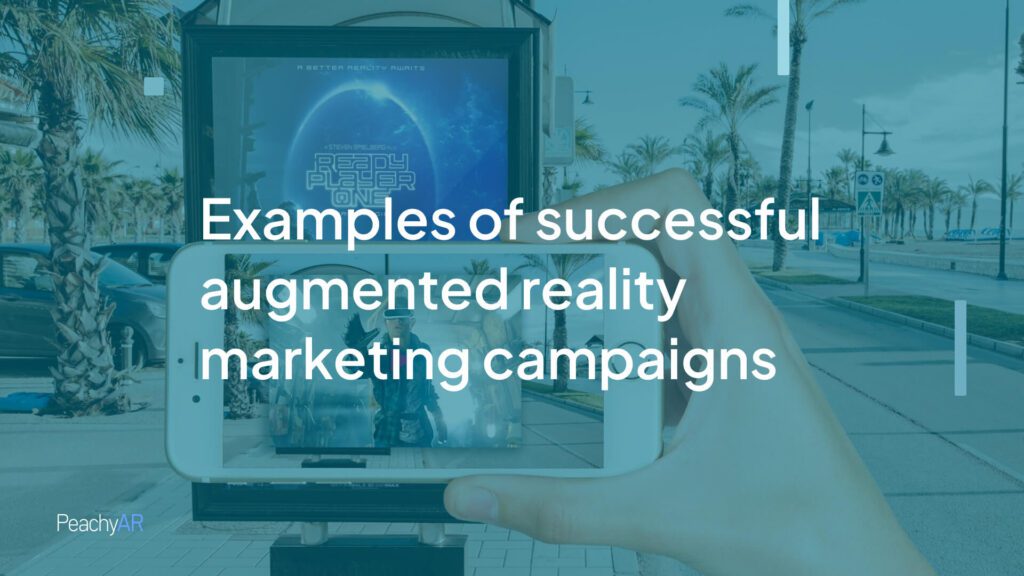
Examples of successful augmented reality marketing campaigns
AR is a powerful technology that can offer many benefits for marketing. By using AR creatively and strategically, businesses can enhance their brand awareness, engagement, conversion, sales, differentiation, efficiency, satisfaction, trust, reach, accessibility, insights, and data.
AR for Product Marketing
One of the main benefits of AR for product marketing is that it can help customers visualize how a product would look or work in their environment, reducing uncertainty and increasing satisfaction.
Here are some examples of brands that have used AR to enhance their product marketing:
Pokémon GO: This mobile game, launched in 2016, is one of the most popular and well-known AR experiences. It allows users to catch virtual Pokémon characters that appear in their real surroundings using their smartphone camera and GPS. The game creates a sense of adventure, excitement for users, and social interaction with other players. Pokémon GO also partnered with various businesses to create sponsored locations, such as PokéStops and Gyms, where users can find items or battle other players. This increased foot traffic, sales for the participating businesses, and brand awareness and loyalty for Pokémon GO.
Home Depot: This home improvement retailer launched its Project Color app in 2015, which uses AR to help users choose paint colors for their walls. The app allows users to see how different paint colors would look in their rooms, considering lighting, shadows, and objects. Users can also share their images on social media to get feedback from friends. The app helps users make more confident and informed decisions and increases engagement and retention for Home Depot.
IKEA: This furniture retailer uses AR to help users plan and design their home furnishings. It offers various tools, such as the IKEA Place app, which lets users place to-scale furniture models in their rooms using AR, and the IKEA Home Planner, which helps users create furniture sets, such as kitchen cabinets, and order them online. The AR tools help users save time and money and enhance their shopping experience and satisfaction.
Sephora: This beauty retailer uses AR to help users try makeup products virtually before buying them. It offers a feature called Virtual Artist, which allows users to see how different products, such as lipsticks, eyeshadows, and foundations, would look on their faces using AR. Users can also compare different looks side by side, get personalized recommendations, and buy the products online or in-store. The feature helps users discover new products, express their creativity, and have fun with makeup.
AR for Experiential Marketing
Another benefit of AR for marketing is that it can create memorable and immersive customer experiences that enhance brand awareness and loyalty. Here are some examples of brands that have used AR to create experiential marketing campaigns:
Pepsi Max: This soft drink brand created an AR bus shelter in London in 2014, displaying a live video feed of the street with various surprises added using AR, such as aliens, robots, tigers, and meteors. The campaign entertained and amused commuters and attracted attention from passers-by and online viewers. The campaign also showcased Pepsi Max’s tagline “Unbelievable”, highlighting its unique and unexpected flavor.
Snap: This social media platform is known for its AR filters and lenses that allow users to add fun and creative effects to their photos and videos. Snap also launched a feature called City Painter in 2020, which lets users virtually spray paint buildings in London’s Carnaby Street using AR. The feature is a shared AR experience, meaning that any changes one user makes are visible to others in real-time. The feature is part of Snap’s Local Lenses project, which aims to create a shared virtual world by mapping major landmarks using data and images from the community. The feature encourages user-generated content, social interaction, and exploration.
ASOS: This online fashion retailer uses AR to help users see how clothes would fit on different body types. It launched a feature called See My Fit in 2020, which allows users to view models wearing the same product in different sizes using AR. Users can also filter the models by height, size, or fit preference. The feature helps users find the best fit for them and promotes body positivity and diversity.
Netflix: This streaming service uses AR to promote its original shows and movies. It launched a feature called Netflix Face Off in 2019, which allows users to transform into characters from their favorite shows and movies using AR filters. Users can also record videos of themselves acting out scenes or dialogues from the shows and movies and share them on social media. The feature helps users immerse themselves in the stories and generate buzz and excitement for Netflix’s content.
These are some examples of how AR can be used in marketing to create innovative and inspiring campaigns that engage and delight customers. AR can help brands showcase their products, services, and stories in a more realistic, interactive, and immersive way and create value and differentiation for customers. AR is a powerful tool for marketing that can help brands connect with customers on a deeper level and create lasting impressions.
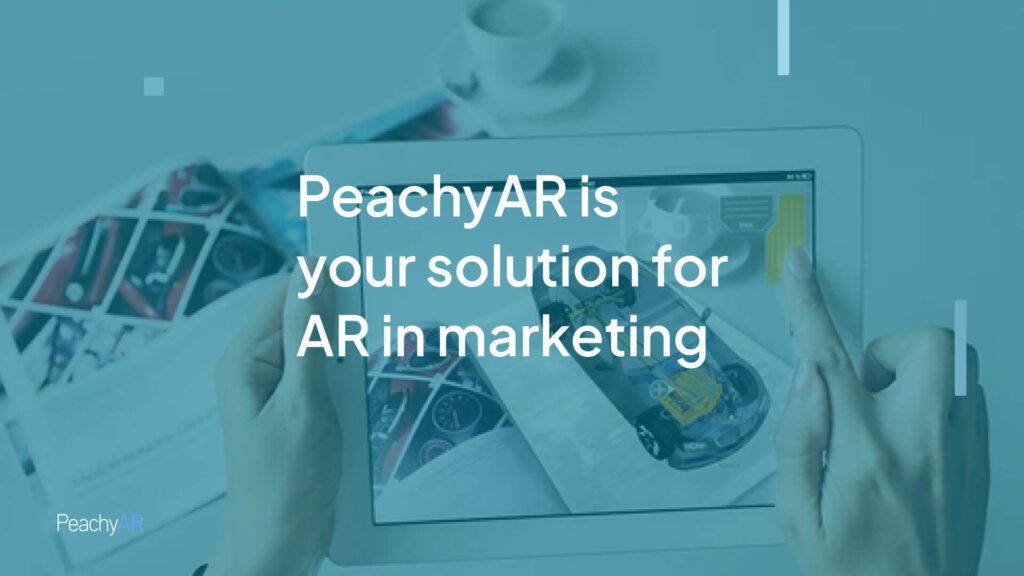
PeachyAR is your solution for AR in marketing.
Do you want to create immersive and interactive experiences for your customers that will make them loyal and satisfied? If you answer yes, then you must try AR marketing with PeachyAR!
PeachyAR is a platform that allows you to create and launch stunning AR campaigns in minutes. You can use PeachyAR to design your own AR content or choose from a library. You can also track and measure the performance of your AR campaigns with real-time analytics and insights.

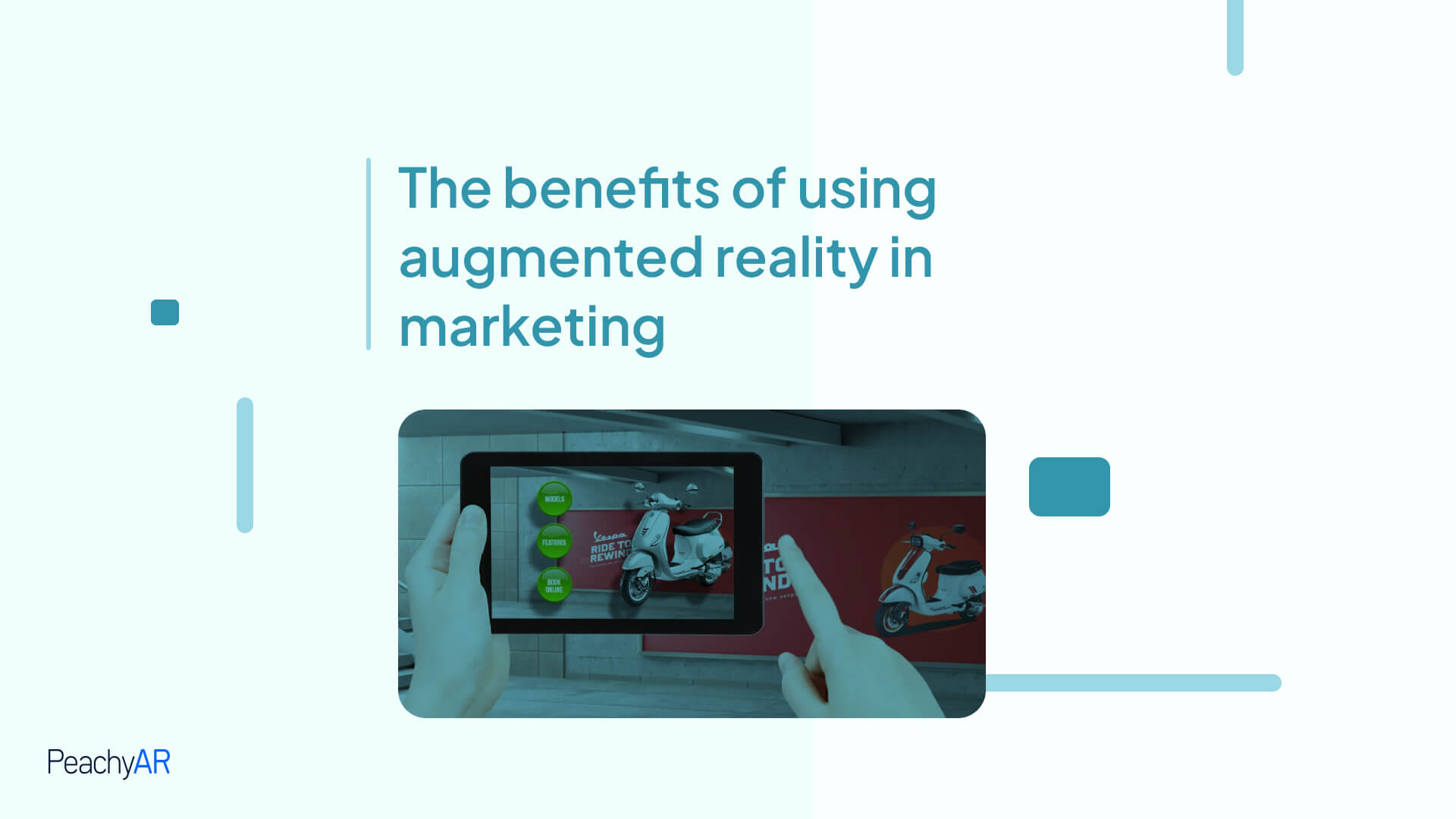
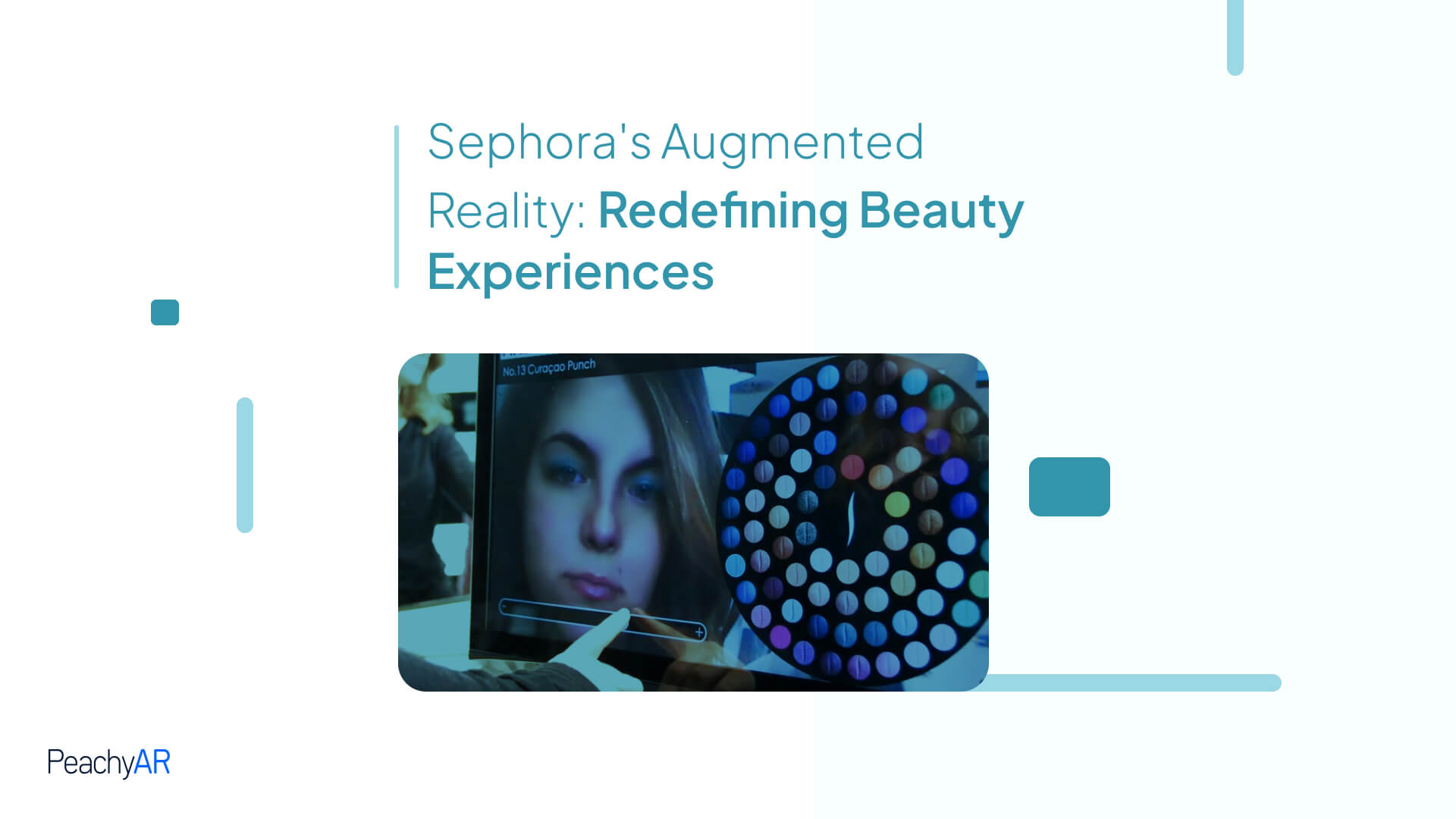
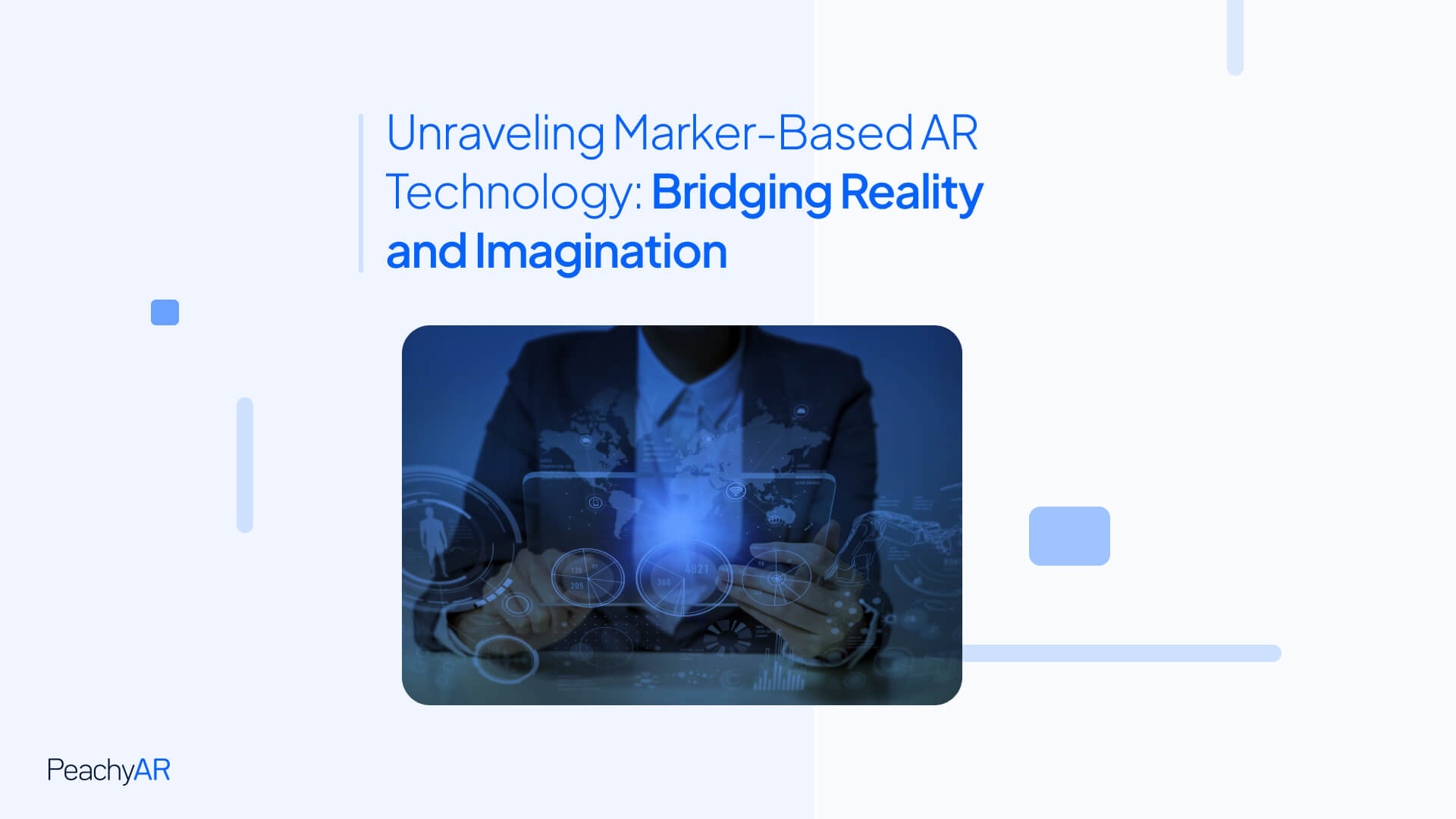
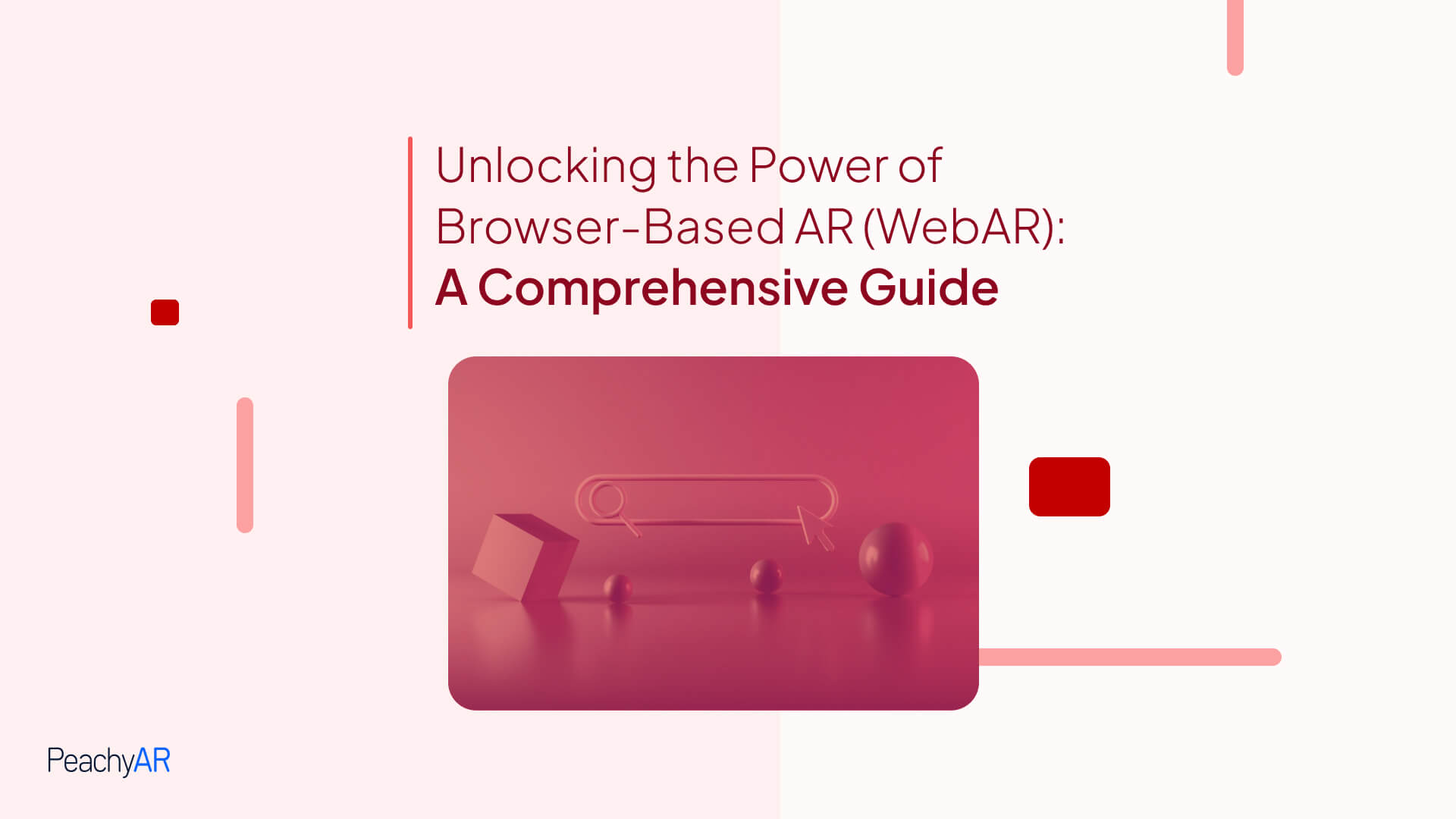
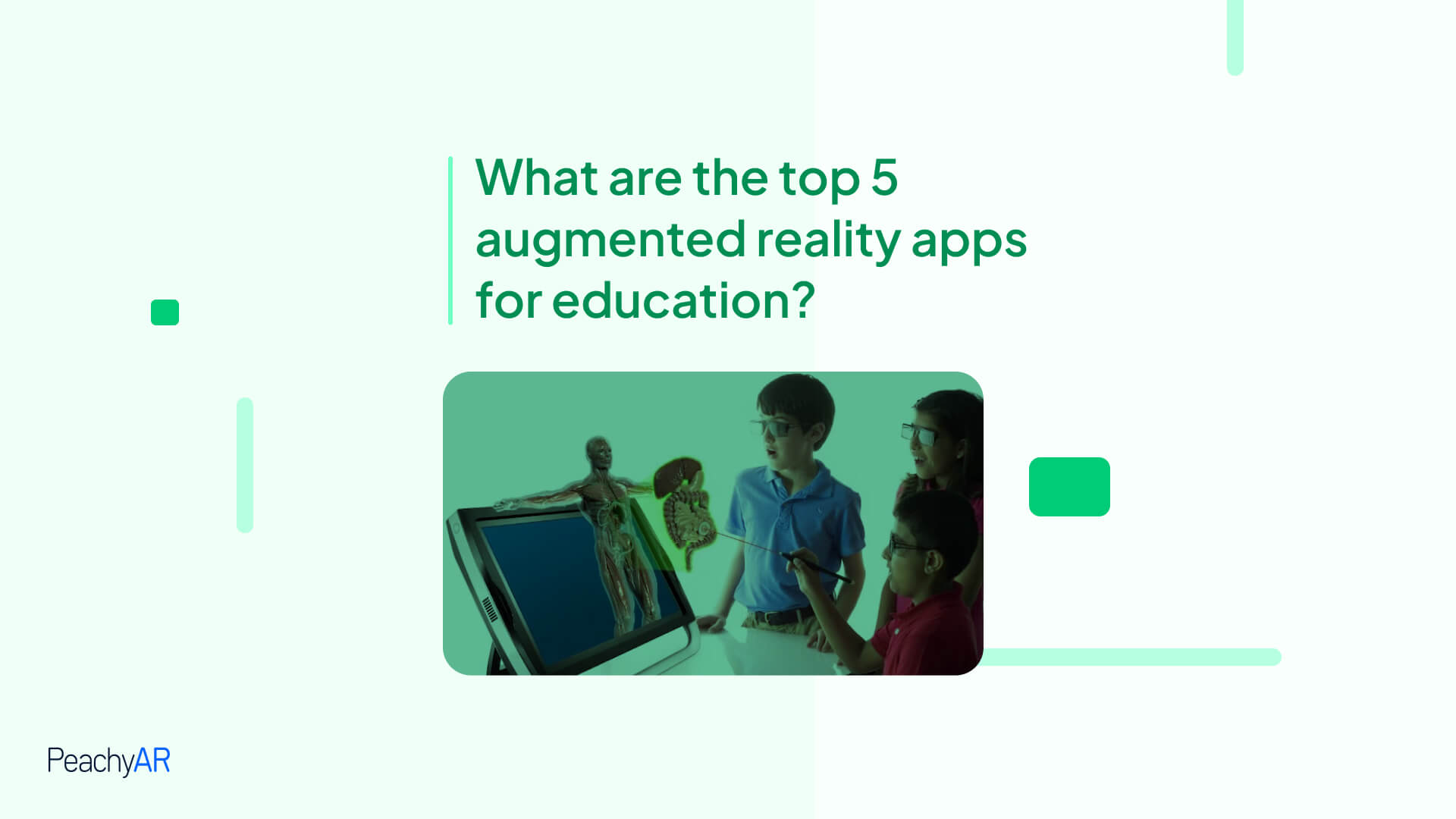
3 Responses
Please post more about AR in marketing and how we can use in various campaigns !